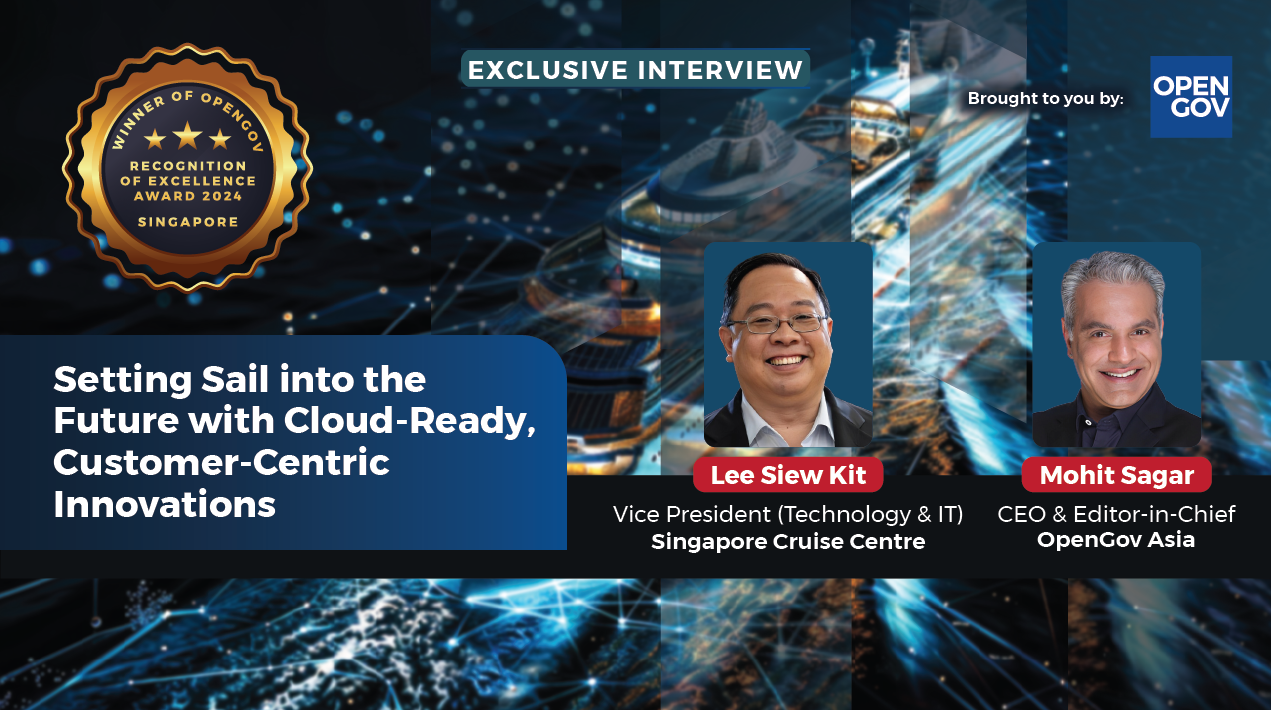
The 13th Winter Paralympic Games in Beijing, administered by the International Paralympic Committee and scheduled to run from 4 to 13 March 2022, highlights how today’s latest Information and Communication Technology (ICT) can benefit everyone, including those that are physically challenged. The series of events that are meant to showcase athletes with physical disabilities shows how Artificial Intelligence (AI) and 5G system infrastructure can make a difference to provide a greater impact on people’s lives.
Top of the list is Ling Yu, the digitally-created host. Using AI to produce virtual hosts is not a new phenomenon as it has been a staple in various events for many years. Ling Yu, however, is pushing boundaries by also being able to interpret sign language. That means the paralympic games can be experienced by deaf people. So, the digital host’s omnipresence is a win for everyone — even for the hearing impaired.
But it’s not just the hearing challenged; the sight-impaired can also make the most of the games. Energy-efficient printing techniques using antibacterial nanomaterials will also introduce a rollout of braille that could pass as the largest in the sport’s history. The assistive technology readied a Braille version of the manual for athletes and officials, spectators’ guide, venue introduction and maps. The green printing technology was developed by a team of scientists at the Institute of Chemistry at the Chinese Academy of Sciences.
The team printed the spectators’ guide for the Paralympic Winter Games, a service manual for athletes and team officials. This also includes inspection terms for anti-doping, which have large-print and Braille versions. Chinese scientists use antibacterial nanomaterial that allows braille to be printed on more materials than before (e.g., glass, stainless steel) at a fraction of traditional costs. The technology is able to form a film after penetrating the surface of the paper, and it firmly attaches to the paper so that dots printed through the material are abrasion-resistant.
All these show how ICT can bridge traditional gaps in society. By allowing people with disabilities to experience the games, technology has made the paralympic games a more inclusive one. And this goes also for people in need of medical attention.
Another technology solution that plays a central role in the Beijing Paralympics is 5G technology. The global event reveals how 5G can help deliver faster medical services. Specifically, 5G-enabled smart ambulances can send data in the form of live visual feeds and haptic feedback to control rooms with near-zero latency. Simply put, this means paramedics equipped with VR headsets and joysticks can be guided by clinicians in real-time, allowing a wider range of procedures to be performed more quickly, as well as medical records and incidents to be shared faster.
Indeed, the 2022 Beijing Paralympic games showcase how ICT technology can transform lives. This year’s games will feature 564 athletes representing 46 National Paralympic Committees (NPCs), competing in 78 medal events across six sports. Such digital transformation can promote the ideologies of an inclusive society, both nationally and between nations on the international stage. Integrating people from a diverse range of backgrounds, skills, and abilities is a key message of the Olympics, and technology helps to amplify this.
China has been undergoing digital transformation at a frenetic pace these past years. And the Asian nation has been putting all the pieces to get its act together. As reported on OpenGov Asia, for instance, Beijing has allowed the operation of a new state-controlled 5G operator set to service the country this year.
Already, China is increasingly becoming a cashless society — relying mainly on QR technology for the transaction of goods. And the Beijing Paralympics highlights how such advancements in ICT technology can help everyone on the planet.
















